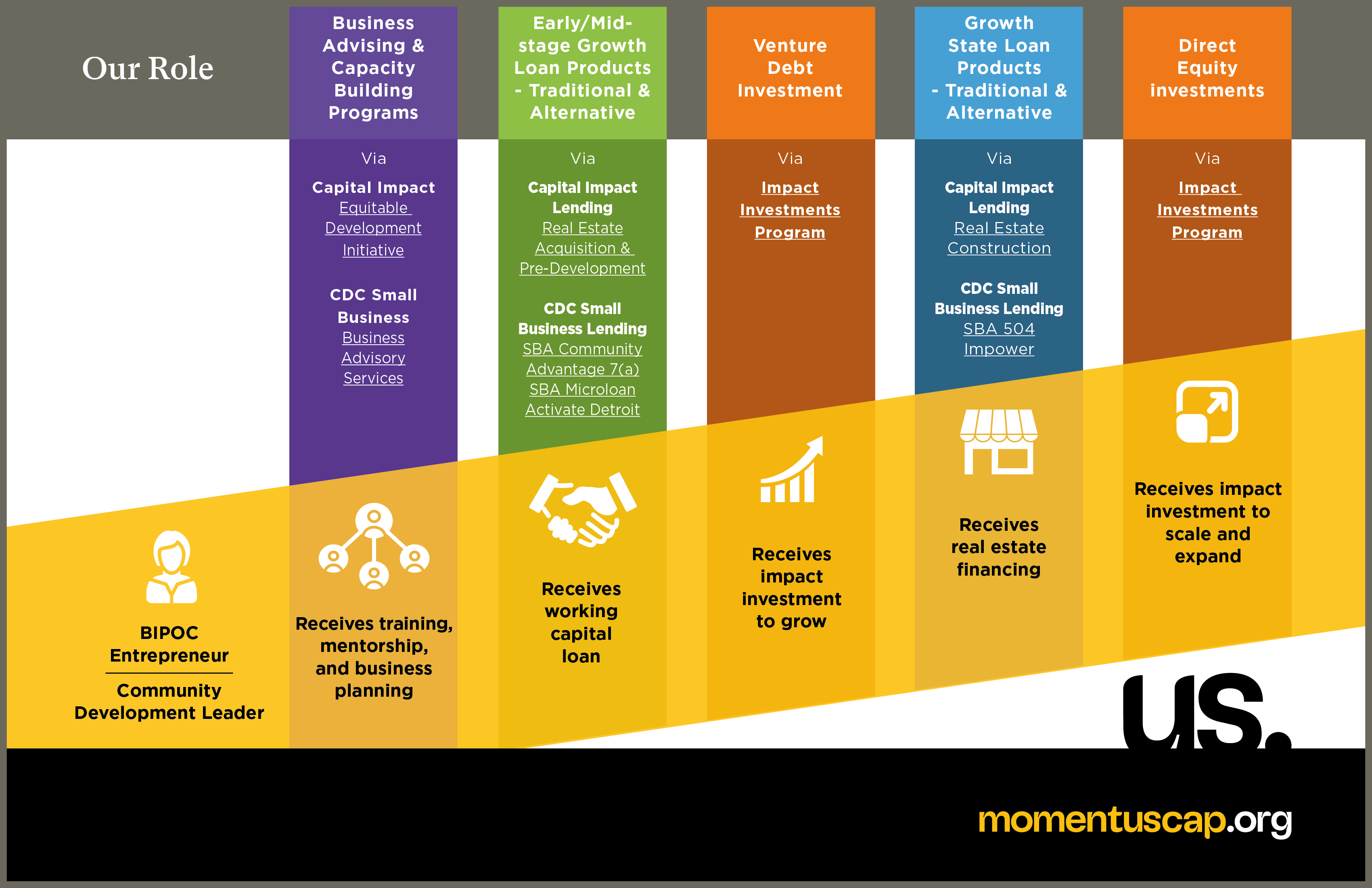
Helpful resources for re-opening your small business
Small businesses met the challenges posed by the coronavirus head on. Many quickly sought relief to support their businesses. Then they adjusted and shifted their models to reach customers and clients. This means curbside service, delivery, virtual offerings, new e-commerce options or through video channels like Zoom. Now, many are either preparing for or already, re-opening.
Just the word is full of promise and hope. Yet this is uncertain ground, and small businesses owners need to know how to navigate the terrain as they make their way back to full speed.
Small businesses aren’t alone
They do not have to go it alone. A number of well-known and respected business and industry groups, including the U.S. Chamber of Commerce, SCORE and the Travelers Companies, have lined up to guide small business owners as they prepare for re-opening.
The tips they offer cover the next steps to take on everything from cleanliness to office layout and financial planning to communications.
As a small business owner, you understand the value of perseverance and determination. As you re-open to the public, remember – you’re not flying solo. CDC Small Business Finance will continue to monitor these best practices, sharing and updating new recovery resources as they become available.
Top Tips and Resources for Re-Opening Your Small Business
- Closely follow public health guidance. Every state has at least entered the early phase of re-opening, including California, Arizona and Nevada. The U.S. Chamber of Commerce created an easy-to-read interactive map to search your state’s status. It includes quick links to the state’s detailed re-opening plan.
- Establish and update your business plan. SCORE, the network of business mentors, provides a checklist that covers your finances, business model, staffing, hygiene and more. This will help keep you focused on your operation’s immediate needs.
- Don’t forget the big picture, though. SCORE also provides a more in-depth “Action Plan” template as a guide, with sections addressing your business’ safety, financial, digital and marketing options too.
- Seek out steps specific to your industry. Whether you own a restaurant, retail shop or conduct business in an office setting, the American Industrial Hygiene Association has compiled steps for you to take going forward. The AIHA also has specific downloads for nearly 20 fields, including manufacturing, lodging, gyms, salons and more, with guides in Spanish too.
- Keep playing it safe. That means doing more of what we’ve become accustomed to in recent weeks – stepping up your in-house cleaning regimen, social distancing, wearing masks and communicating remotely when possible. A new study of social distancing and wearing masks indicates that these practices work – the risks of infection fall sharply when in use. That’s also a good message to share with employees and customers.
Your re-opening message
- Share that message – both in-house and with customers. Post clear instructions about your new practices to employees so they can adapt. Also post them for customers. This builds faith and trust that you’ve kept everyone’s health and safety in mind.
- Shift your social media and email plan. Keep customers in the loop. You want them to know about new hours, changes in your products or services and any special offers you’ve created. Also, encourage engagement to gauge your customers’ reaction to the changes.
- Watch the trends. Forecasters say the new habits customers adopted in recent weeks – relying even more on delivery and digital – are likely here to stay. If you’re on top of these developments you’ll keep ahead of the curve. In addition, define how they impact your business and make the necessary adjustments.
STAY CONNECTED AND UP TO DATE
We closely monitor best practices and resources to help you manage your business. Here’s how to get the latest details:
- Subscribe to our blog.
- Follow us: Facebook, LinkedIn, Twitter, YouTube and Instagram.
- Bookmark our “COVID-19 Small Business Guide to Relief & Recovery” for updated resource links and tips.
- Check out our #WebinarWednesday page for the upcoming week’s roundup of content for small businesses.
- Subscribe to our weekly e-newsletter, Source. The latest news and tips from trusted outlets like Small Biz Daily, Entrepreneur, Inc. and more.
In case you missed it:
- Tips: How to face the impact of the coronavirus on your small business
- #Webinar Wednesday: Timely answers for your small business now
CDC Small Business Finance is a trusted small business lender, award-winning nonprofit and advocate for entrepreneurs. Over more than four decades, we have provided $18 billion in funding to over 11,000 borrowers … and counting. Unlike a traditional lender, we have the flexibility to offer affordable loans to underserved small business owners. Our lending also plays a role in bolstering economic development, and has helped create or preserve more than 200,000 jobs in California, Arizona and Nevada.









